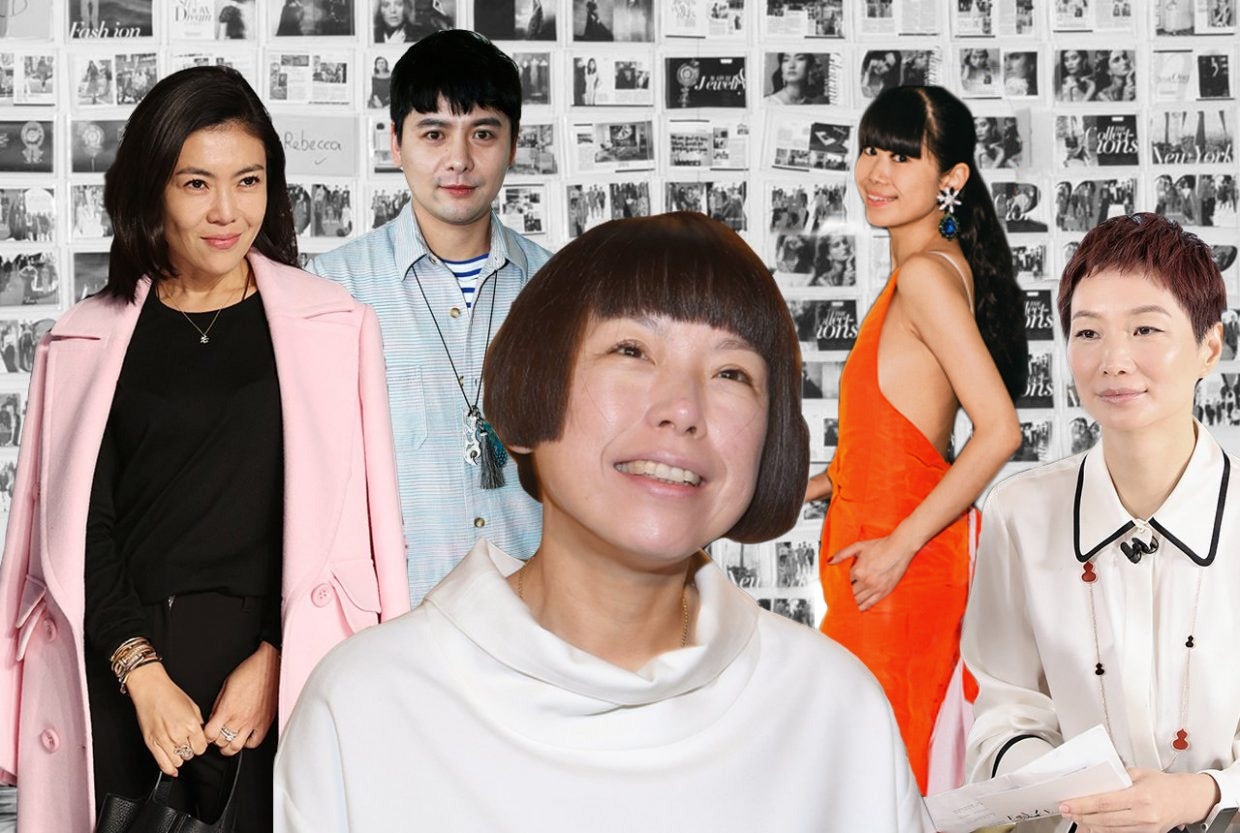With the rise of social media, fashion editors have begun building digital empires of their own. According to two sources close to the matter, that is a huge concern publishing house Condé Nast International has about Angelica Cheung, Editor-in-Chief of Vogue China. They're worried that if she decides to strike out on her own, it could pose an existential threat of the publication.
According to Farfetch CEO José Neves, Cheung is an incredibly influential player who has "a great relationship with all celebrities and KOLs, all Chinese designers, and all these fashionistas" in the Chinese fashion industry. Cheung is an extreme case, but the power she wields is indicative of broader shifts as readers continue to shift from magazines to websites to social media.
Digitization is eroding the relevance of traditional fashion publications in China. A recent survey conducted by Luxury Conversation found that 95 percent of Chinese millennials have ceased buying print magazines. Even though fashion magazines have put significant efforts into their online content—setting up official WeChat and Weibo accounts, websites, and apps—their progress is far less impressive than that of their fashion editors.
Comparing the number of followers fashion magazines and their respective editors-in-chief have on Weibo illustrates this shift. After 4,453 posts, Angelica Cheung has acquired about 4.8 million followers, very nearly as many as Vogue China, which has amassed 5.1 million followers after posting more than 11,500 times. Similarly, Su Mang, the outgoing Editor-in-Chief of Harper's Bazaar China, is followed by nearly 6.9 million users after 3,854 posts, while the magazine has 8.4 million fans after nearly 25,000 posts.
Fashion Editors as Influencers#
"One of the challenges is that some editors are becoming too powerful, and in a way KOLs," said Louis Houdart, founder and CEO of branding agency Creative Capital. "This puts some traditional media [who are struggling with digitization] at risk."
Today, social media brings the personality, character, and tastes of fashion editors into the spotlight. They no longer need their magazines to reach an audience, but can communicate with the public directly on their own social media, sharing their experiences, thoughts, and style ideas. Thanks to the intimacy and interactivity enabled by these platforms, fashion editors can attract followers who worship them as celebrities and thought leaders.
Su Mang is a good example. Her name has been closely associated with Harper's Bazaar China for nearly two decades, and today she is as publicly recognizable as celebrities like Zhang Ziyi and Carina Lau. During last year's BAZAAR Stars' Charity Gala, the Chinese version of the amfAR Gala (a fundraiser for the Foundation for AIDS Research), Su's name trended on Weibo. As one of the key organizers of the event, users heatedly discussed her organization skills and leadership. Last month, her resignation letter also trended online, triggering a wave of speculation about the real reason for her departure.
Fashion editors and online influencers have become increasingly hostile towards each other in the West, culminating in Vogue.com's post insulting influencers who appeared at Milan Fashion Show in September 2016. "Please stop. Find another business. You are heralding the death of style," they wrote about bloggers they claimed changed their sponsored outfits too often. That line in China seems much more blurred. Fashion influencers in China receive much more respect from industry players.
"We have seen a huge shift of attention onto KOL Marketing from [luxury] clients," said Chloe Reuter, founder and CEO of digital agency Reuter Communications. "What is interesting to note is that quite a few of the top KOLs come from a media background themselves."
The real question here is whether the digital influence that editors garner from their roles at magazines can bring value and real growth to companies once they leave. And if that model is successful, do mainstream magazines become stepping stone for editors who can go on to build their careers entirely on their own terms?
"The concern that you describe does exist," said a current editor-in-chief of a major fashion magazine in China who was only willing to comment on the condition of anonymity. "It is natural that people at the upper level feel threatened when their subordinates become more influential than they are, and digital influence is exactly what publications are thirsty for."
"But I don't think it represents the whole company or the entire industry. It's just a concern for some people," she added.
Leaf Greener, a fashion editor turned fashion influencer, also played down the concern. "We are living in an era when personal voice and influence are extremely important. It is actually a good thing for magazines if their staff are very influential online," she said. "A good company becomes successful when every person working for them is excellent and faithful."
Before starting her career as a fashion influencer, Leaf Greener served as the senior fashion editor at Elle China for seven years. She told Jing Daily that she began thinking about resigning from that position roughly five years ago, and finally did so in 2015. Now she is doing a job that combines her previous experience with her real interests. She continues to write articles, interview fashion movers and shakers, and shoot videos. "On the other hand, my independence from Elle China allows me to come out to the public and work directly with brands, becoming a brand ambassador, and being paid to attend their events."
Who Are the Real Authorities on Fashion?#
The concern about fashion editors' influence as individuals points to a broader challenge mainstream fashion magazines are facing in China: whether they can remain authorities in the fashion industry, if, indeed, they ever were.
The history of Chinese fashion magazines has been remarkably different and condensed compared to the West. Over the past two decades, fashion magazines in China built their popularity on celebrity and gossip, leaving an impression of shallowness and superficiality. The shift online has created a more sophisticated, fragmented and nuanced conversation. Rapidly maturing Chinese fashion consumers and readers desire more thoughtful and meaningful content, and that is what some fashion editors-turned influencers are trying to provide.
Leaf Greener now has her own WeChat magazine. It is positioned as a niche magazine, different from the mass-market fashion mags, she explained. It covers not only fashion but art and design, and looks at the industry from a more professional and reasonable perspective.
"We don't chase after trendy brands," said Leaf Greener. "The way we choose our topics is quite different. We don't just look at fashion trends, we dig deeper into them to understand why they become trendy."



